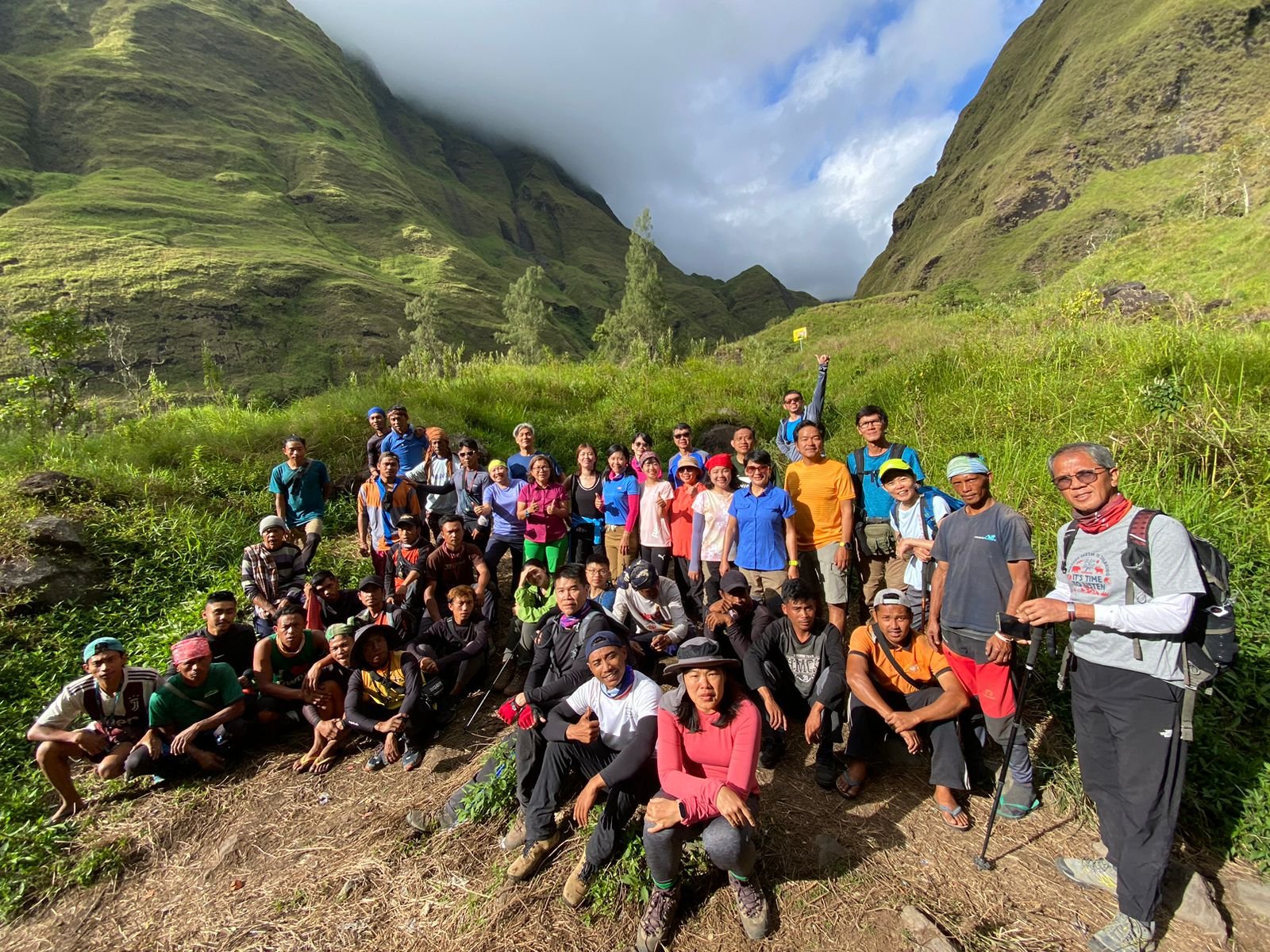Deciding between the Sembalun and Senaru trek routes for climbing Mount Rinjani is a common question. Both offer unique experiences, so the “better” route depends on your priorities, fitness level, and preferences. Here’s a breakdown to help you decide:
Sembalun Route
* Pros:
* Gentler Initial Ascent: The first day is characterized by a gradual climb through open savanna grasslands. This is generally considered easier on the knees and lungs compared to the steep jungle ascent from Senaru.
* Faster Acclimatization: Starting from a higher elevation and gaining altitude more quickly on the first day is beneficial for acclimatizing to the altitude before attempting the summit.
* Sunrise Views from the Summit: Typically, the Sembalun route is favored for catching the sunrise from the summit. This is because the final ascent is often timed to reach the summit before dawn.
* Spectacular Scenery: Offers breathtaking views of the surrounding savanna, valleys, and other peaks. The openness of the landscape provides panoramic vistas.
* More Direct Route to the Summit: The Sembalun route generally has a slightly shorter distance to the summit compared to Senaru, though this can vary slightly depending on the specific route used by the trekking operator.
* Better for less experienced trekkers: Due to the gentler slope at the begining, this trek is better for less experienced trekkers.
* Cons:
* Less Shade: The open savanna means less protection from the sun. You’ll need to be diligent about sun protection (hat, sunscreen, long sleeves).
* Can be Hotter During the Day: The lack of shade can make the initial climb hotter, especially during midday.
Senaru Route
* Pros:
* Lush Jungle Scenery: The first day involves a trek through a dense, tropical rainforest. This provides a shaded and immersive experience, filled with unique flora and fauna.
* Waterfalls (Sometimes): Some Senaru routes may include a visit to the Sindang Gila and Tiu Kelep waterfalls near the entrance of the park (this is usually done before the actual trek begins).
* More Shade: The jungle provides ample shade, offering respite from the sun.
* Cons:
* Steeper Initial Climb: The ascent through the jungle is significantly steeper and more challenging, particularly in the first few hours. This can be tough on your knees and requires good fitness.
* Less Direct Summit Access: Reaching the summit from the Senaru side involves a longer and more circuitous route around the crater rim.
* More Challenging Summit Ascent (Potentially): Depending on the exact route and trail conditions, the final ascent to the summit from the Senaru side can sometimes be trickier, with more loose scree and steeper sections.
* Less Ideal for Acclimatization (if only doing one night): The lower starting altitude in Senaru is less conducive to rapid acclimatization.
* Descent can be Hard on Knees: the steep descent can be tough on your knees.
Which Route Should You Choose?
Here’s a quick guide based on your priorities:
* Choose Sembalun If:
* You prioritize acclimatization and reaching the summit.
* You prefer a gentler, less steep initial ascent.
* You want the best chance of seeing the sunrise from the summit.
* You are relatively fit and willing to cope with sun exposure.
* You are less experienced climber
* Choose Senaru If:
* You enjoy trekking through lush rainforest.
* You want more shade during the initial climb.
* You are prepared for a steeper and more challenging initial ascent
You’re more interested in the overall trekking experience than just* reaching the summit, and you’re comfortable with a potentially lower summit success rate.
In Conclusion:
There is no single “better” route. Sembalun is generally favored for its more direct path to the summit, easier initial ascent, and better acclimatization. Senaru offers a more scenic and immersive jungle experience, but it’s more challenging initially. Consider your priorities and fitness level to make the best choice for your Mount Rinjani adventure.

